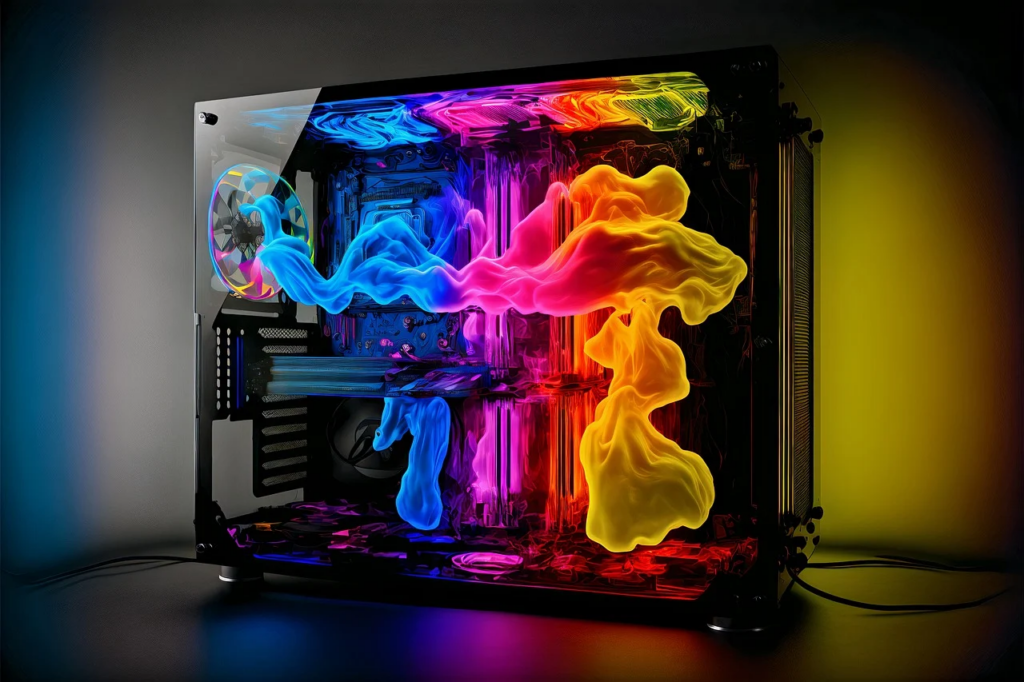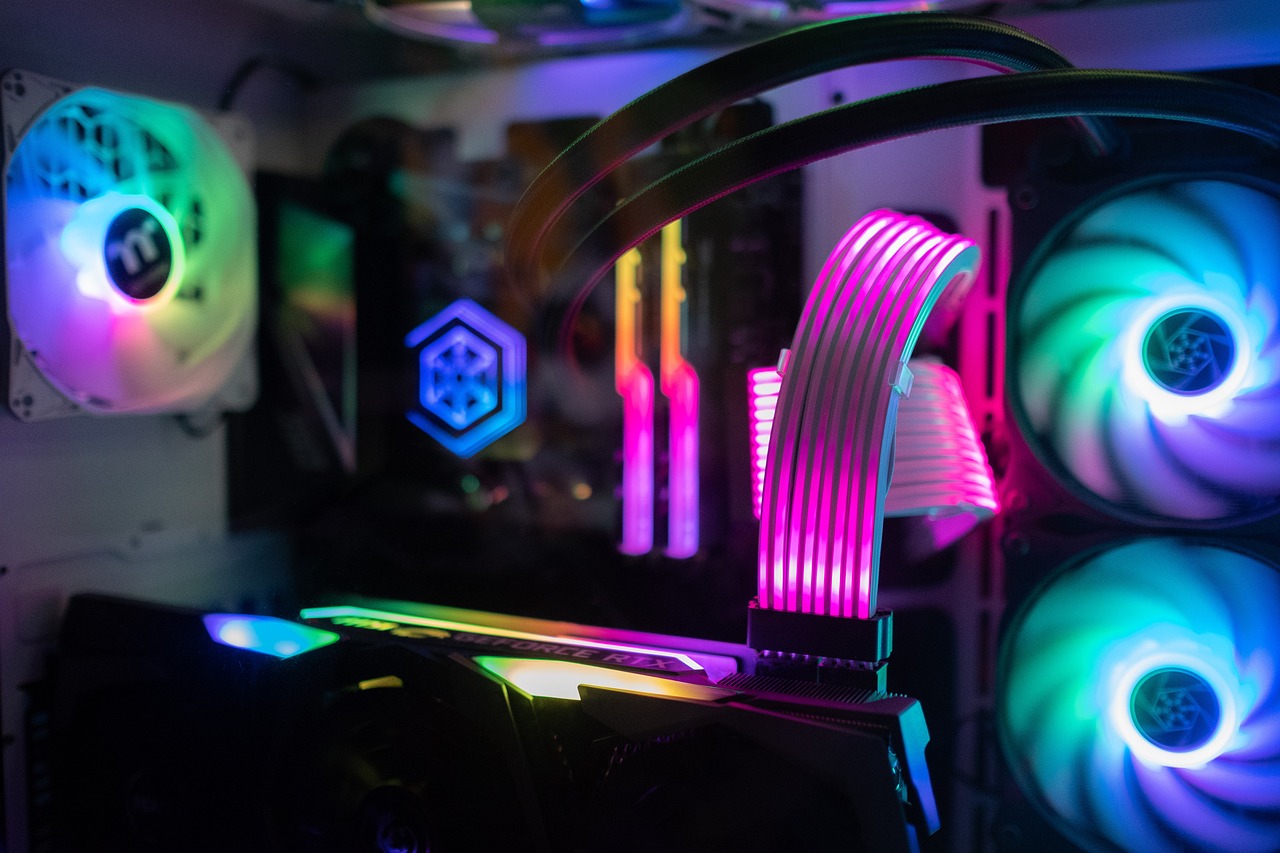Building your own computer can be a rewarding experience that not only saves money but also allows you to customize your machine to meet your specific needs. Whether you’re a gamer, a content creator, or just looking for a powerful workstation, this guide will walk you through the essential considerations, components, and helpful resources to successfully build your own PC.

Why Build Your Own Computer?
1. Customization
Building your own computer lets you choose every component based on your needs. Whether you’re aiming for a high-performance gaming rig, a workstation for video editing, or a basic office machine, you can tailor each part.
2. Cost-Effectiveness
While prices for pre-built systems can be inflated, building your own can save you money. By shopping for individual components, you can find deals and select parts that fit your budget.
3. Learning Experience
Assembling a PC teaches you how computers work, which can be invaluable for troubleshooting and future upgrades. You’ll gain hands-on experience that can deepen your understanding of technology.
Key Considerations Before You Start
1. Define Your Purpose
- Gaming: Focus on high-performance components like a powerful GPU.
- Content Creation: Look for strong CPUs and ample RAM for multitasking and rendering tasks.
- General Use: A balanced build with moderate specs will suffice.
2. Set a Budget
- Determine how much you are willing to spend. Remember to account for all components, including peripherals (monitor, keyboard, mouse).
3. Research Components
- CPU: Choose a processor that fits your needs. Popular options include AMD Ryzen and Intel Core series.
- GPU: For gaming and graphic-intensive tasks, consider high-end graphics cards from NVIDIA or AMD.
- Motherboard: Ensure compatibility with your CPU and features you want (Wi-Fi, USB ports).
- RAM: Aim for at least 16GB for gaming and multitasking, or more for content creation.
- Storage: Consider a combination of SSDs (for speed) and HDDs (for capacity).
- Power Supply Unit (PSU): Choose a reliable PSU with enough wattage to support your components.
- Case: Select a case that fits your components and allows for good airflow.
4. Compatibility
- Use online tools like PCPartPicker to ensure that all selected components are compatible with each other.
Essential Components and Their Functions
- Central Processing Unit (CPU): The brain of your computer; it processes instructions and performs calculations.
- Graphics Processing Unit (GPU): Handles rendering images and video; essential for gaming and graphic design.
- Motherboard: The main circuit board that connects all components; choose one that fits your CPU socket type.
- Random Access Memory (RAM): Temporary storage for data your CPU needs while performing tasks; more RAM allows for better multitasking.
- Storage: SSDs for faster boot times and application load speeds, HDDs for larger storage capacity.
- Power Supply Unit (PSU): Converts electricity from the wall outlet into usable power for your components; ensure it has the right wattage.
- Computer Case: Houses all components; choose one that fits your style and has good airflow.
Helpful Materials and Resources
1. Video Tutorials
- YouTube has numerous channels dedicated to PC building, offering step-by-step guides and troubleshooting tips. Channels like Linus Tech Tips and JayzTwoCents are great starting points.
2. PCPartPicker
- A useful website that allows you to select and compare components. It helps check compatibility and offers price tracking for the best deals.
3. Online Communities
- Join forums like Reddit’s r/buildapc or Tom’s Hardware to ask questions, share your build, and seek advice from experienced builders.
4. Manufacturer Websites
- Refer to manufacturer websites for detailed specifications, manuals, and support resources for your chosen components.
Conclusion
Building your own computer can be a fulfilling project that enhances your tech skills while delivering a custom system tailored to your needs. By considering your purpose, setting a budget, and carefully selecting compatible components, you can create a powerful machine that will serve you well for years to come. With the right resources and community support, you’ll find that building a PC is an enjoyable and educational experience. Happy building!




